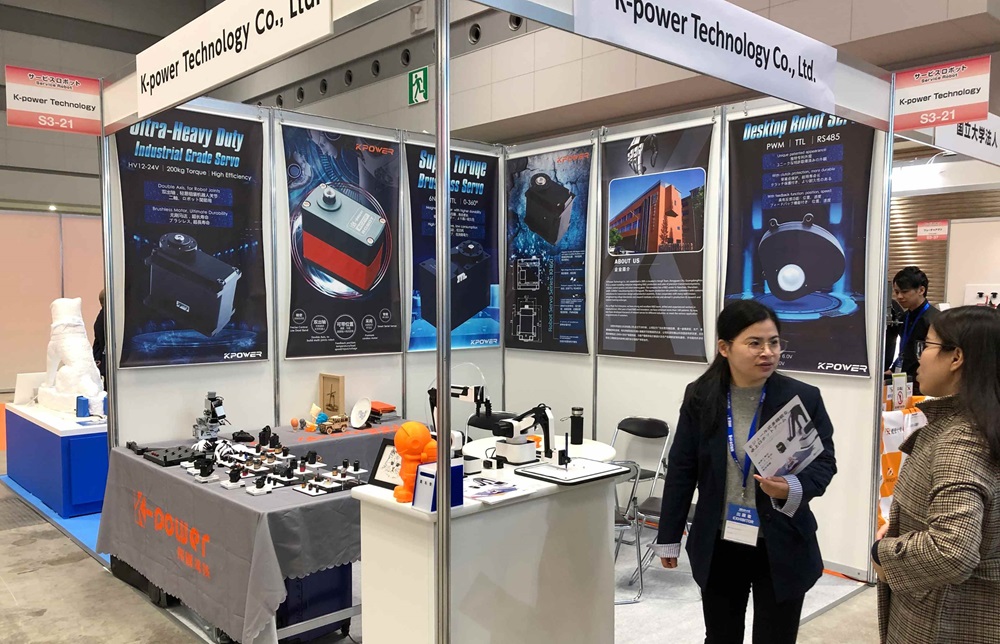In a world that’s increasingly interconnected and digital, the ability to remotely access and manage control panels has become a cornerstone of modern operations. Whether in IT, industrial automation, or even home appliances, control panel remote access offers a seamless way to oversee systems without being physically present. This relative ease not only expedites problem-solving but also creates new opportunities for efficiency, response times, and security management.

Imagine a network administrator in New York needing to troubleshoot a server issue happening on a data center across the globe. In the past, this might have involved physically visiting the site or relying on on-site staff. Today, with control panel remote access, all those hurdles melt away. The admin can securely log in from their office, diagnose the problem, apply fixes, and monitor system health—all within a virtual environment. This level of convenience is transforming how organizations operate, sparking the shift towards truly remote management.
Control panel remote access isn’t just for IT professionals. Its benefits ripple across various sectors, from manufacturing lines to smart homes. Automated manufacturing facilities often utilize remote control systems to tweak processes, conduct maintenance checks, or troubleshoot machinery without halting operations or dispatching specialists on-site. Similarly, smart homeowners can adjust lighting, temperature, or security settings through remote dashboards, providing both peace of mind and significant energy savings.
But what exactly makes remote control panels so indispensable? It’s a confluence of technology—secure connections, user-friendly interfaces, and advanced automation—that ensures systems are accessible but protected. The foundation lies in reliable remote access protocols combined with rigorous security measures, including encryption, multi-factor authentication, and intrusion detection. Together, these create an ecosystem where remote control is not only possible but safe.
One key factor driving the adoption of remote access solutions is the demand for increased responsiveness. Today’s business environment demands agility—quick decision-making, fast problem resolution, and continuous monitoring. Control panel remote access allows managers and technicians to stay connected 24/7, making adjustments, performing diagnostics, or initiating updates instantly,—all without the delays inherent in traditional, physical interactions.
The ease of connecting to control panels via remote access also simplifies training and onboarding. New employees can be granted permission to access critical systems remotely with minimal setup. This not only accelerates operational ramp-up times but ensures a level of consistency in system management across different locations or teams.
From a technological standpoint, remote control panel systems are often integrated with dashboards that display real-time data. These interfaces provide visual insights into system health, performance metrics, and alerts. For example, an industrial control panel might showcase temperature readings, machine status, and error codes—all accessible from a laptop or mobile device. Such instant visibility enables proactive maintenance, preventing downtime before issues escalate.
Another aspect worth highlighting is automation. Remote access control panels often integrate with sophisticated automation and scripting tools, allowing tasks to be scheduled or triggered remotely. Suppose a heating system needs to be adjusted based on weather forecasts; an automated script can be deployed to tweak settings even when no staff are on-site. This level of automation enhances operational efficiency and reduces human error.
As remote access technology advances, so too do the security challenges. Cybersecurity threats are a real concern when systems are accessible beyond physical boundaries. That’s why modern control panel remote access solutions incorporate strong encryption, secure tunneling protocols like VPNs, and multi-layer authentication. Regular updates and patches are also crucial to maintain systemic integrity. Organizations investing in robust security measures can confidently leverage the convenience of remote access without exposing themselves to unnecessary risks.
Looking ahead, the future of control panel remote access is poised for exciting developments. The rise of edge computing, AI-driven diagnostics, and 5G connectivity promises faster, smarter, and more secure systems. Imagine a scenario where AI anticipates failures before they happen, sending alerts directly to remote management portals with recommended actions. Such innovations will further streamline operations, reduce downtime, and empower organizations to operate with unprecedented agility.
In summary, control panel remote access is no longer a luxury—it’s a vital component of modern management strategies. It breaks down geographical barriers, enhances operational agility, and bolsters security when implemented correctly. As businesses and industries continue to evolve, those who harness the power of remote access will be better positioned to innovate, respond, and stay ahead in a competitive landscape.
[Please request Part 2 when ready, and I will provide the continuation.]
Established in 2005, Kpower has been dedicated to a professional compact motion unit manufacturer, headquartered in Dongguan, Guangdong Province, China.




































